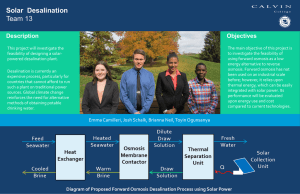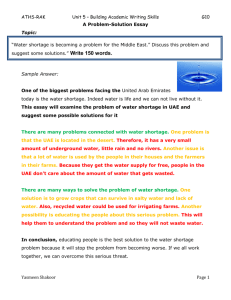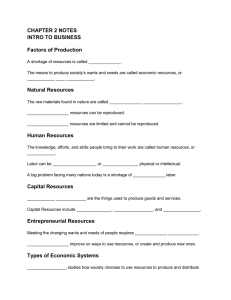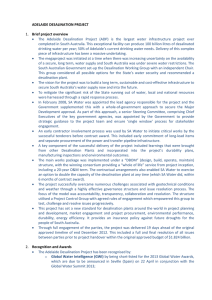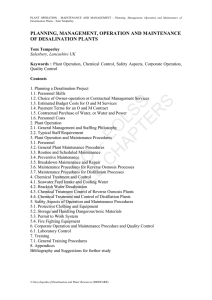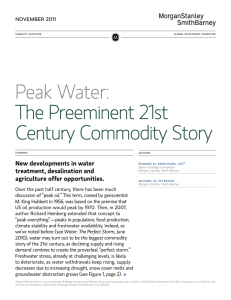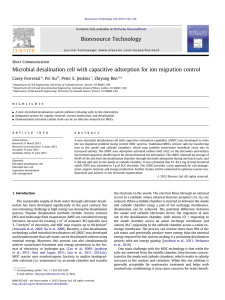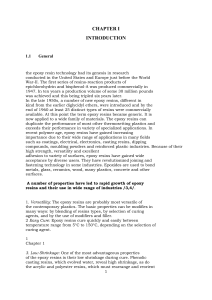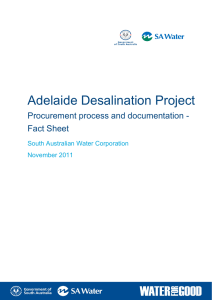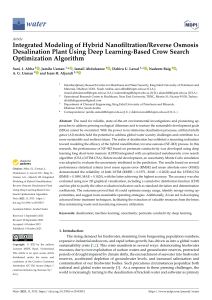Fill in the gaps using a suitable word “Water shortage is becoming a
advertisement
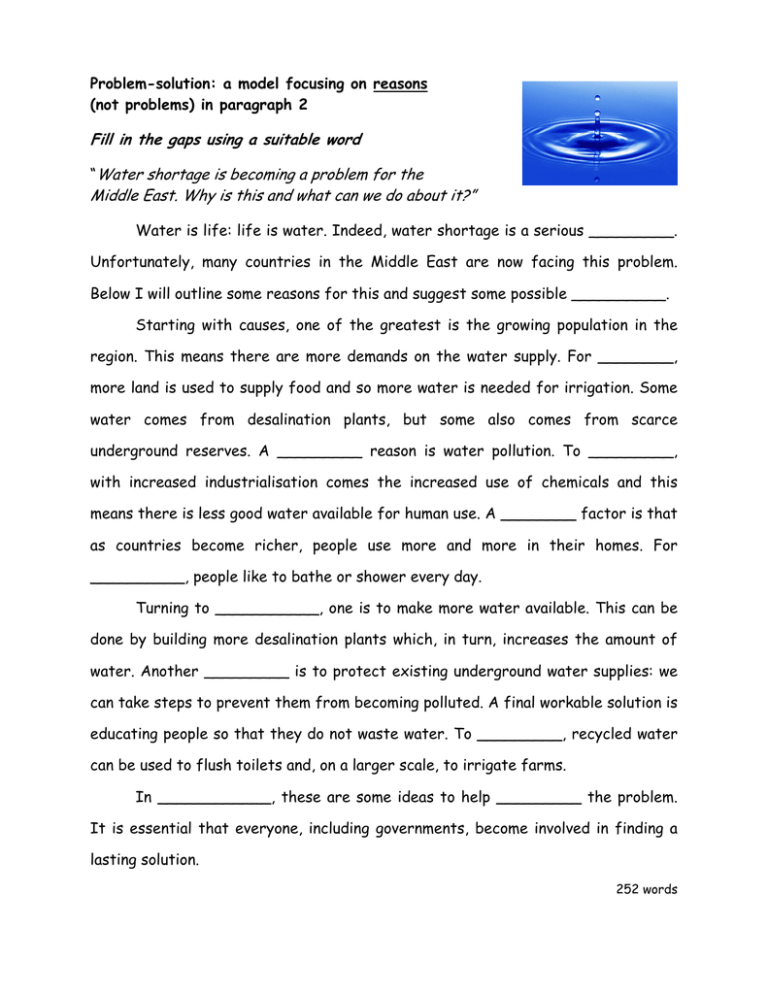
Problem-solution: a model focusing on reasons (not problems) in paragraph 2 Fill in the gaps using a suitable word “Water shortage is becoming a problem for the Middle East. Why is this and what can we do about it?” Water is life: life is water. Indeed, water shortage is a serious _________. Unfortunately, many countries in the Middle East are now facing this problem. Below I will outline some reasons for this and suggest some possible __________. Starting with causes, one of the greatest is the growing population in the region. This means there are more demands on the water supply. For ________, more land is used to supply food and so more water is needed for irrigation. Some water comes from desalination plants, but some also comes from scarce underground reserves. A _________ reason is water pollution. To _________, with increased industrialisation comes the increased use of chemicals and this means there is less good water available for human use. A ________ factor is that as countries become richer, people use more and more in their homes. For __________, people like to bathe or shower every day. Turning to ___________, one is to make more water available. This can be done by building more desalination plants which, in turn, increases the amount of water. Another _________ is to protect existing underground water supplies: we can take steps to prevent them from becoming polluted. A final workable solution is educating people so that they do not waste water. To _________, recycled water can be used to flush toilets and, on a larger scale, to irrigate farms. In ____________, these are some ideas to help _________ the problem. It is essential that everyone, including governments, become involved in finding a lasting solution. 252 words Problem-solution: a model focusing on reasons (not problems) in paragraph 2 “Water shortage is becoming a problem for the Middle East. Why is this and what can we do about it?” Water is life: life is water. Indeed, water shortage is a serious issue/problem. Unfortunately, many countries in the Middle East are now facing this problem. Below I will outline some reasons for this and suggest some possible solutions/answers. Starting with causes, one of the greatest is the growing population in the region. This means there are more demands on the water supply. For example/instance, more land is used to supply food and so more water is needed for irrigation. Some water comes from desalination plants, but some also comes from scarce underground reserves. A second reason is water pollution. To clarify/illustrate/explain further, with increased industrialisation comes the increased use of chemicals and this means there is less good water available for human use. A final/last/third factor is that as countries become richer, people use more and more in their homes. For instance/example, people like to bathe or shower every day. Turning to solutions/remedies, one is to make more water available. This can be done by building more desalination plants which, in turn, increases the amount of water. Another answer/solution/remedy is to protect existing underground water supplies: we can take steps to prevent them from becoming polluted. A final workable solution is educating people so that they do not waste water. To illustrate/clarify/explain further, recycled water can be used to flush toilets and, on a larger scale, to irrigate farms. In conclusion/summary, these are some ideas to help solve the problem. It is essential that everyone, including governments, become involved in finding a lasting solution. 252 words

